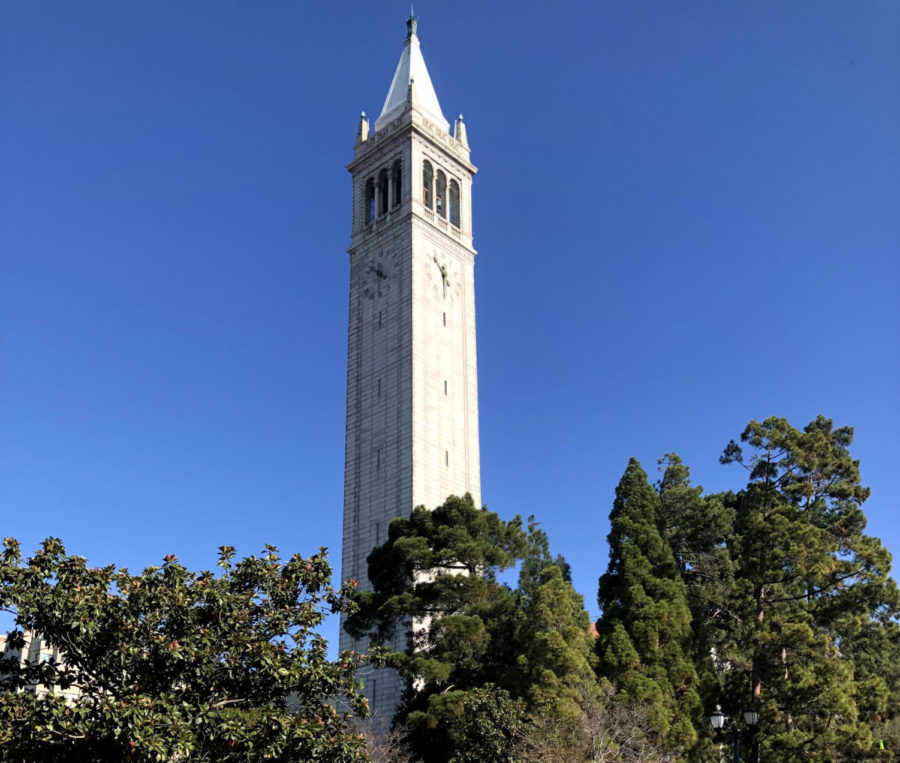How Is Berkeley #1?
Berkeley’s Sather Tower, built in 1915, is the third-largest bell-and-clock tower in the world.
September 24, 2021
US News’ college rankings released each fall seem to be the gold standard of rankings and in 2022 the site called Princeton the #1 college for the eleventh year in a row. It also ranked Berkeley at #22, but Forbes ranked Berkeley at a staggering #1 in the first time a public school has reached the top – raising questions about the considerable discrepancy.
Forbes chose not to rank colleges last year because of the pandemic, something that they say gave them a new look on their ranking system. A greater emphasis is now placed on financials, allowing a greater number of public universities to rise up in ranks and allowing a public school to be #1.
In an article published by Forbes titled “Why Berkeley Is Number One,” Madison Fernandez writes: “The University of California at Berkeley has it all: World-class academics, great sports, a stunning Bay Area setting, reasonable costs and a storied history. Cal’s 31,000 undergraduates pay just over $14,000 a year ($29,000 more for non-California residents) in tuition and fees for an education that is arguably richer than what they would receive at arch-rival Stanford.” Throughout the article, it is clear that Forbes’ new ranking system places a special emphasis on the value of the school rather than giving it a back seat.
Another Forbes article explaining the decision echoes the same sentiment, that the “return on investment” can’t be the most important thing evaluated and that college ratings must rank colleges also based on “what kind of students they educate and whether they make themselves accessible to those who can’t afford high sticker prices.” Christian Kreznar of Forbes makes the point that even when more expensive universities promise significant financial benefits to low-income students, they still may not accept enough of these students to actually make a difference.
At Berkeley, 27% of students receive a Pell grant compared to just 12% at Harvard. Forbes’ new ranking system therefore places Berkeley higher because of easier access to financial aid.
At US News, the category “financial resources per student” matters for only 10 percent of the school’s final ranking. It’s how private universities occupy the top 19 spots and Berkeley is #22.
For Forbes, Berkeley fits in the Goldilocks zone for their perfect college. Financial resources are widely available and the academics are top-tier. For US News, it’s not enough to get Berkeley a higher spot.
As high-schoolers begin to apply for colleges, many may begin to see public schools as a better option for a good education at a lower price.
The new take on college rankings begs the question: who’s right? The news came as a shock to many but others think public schools are finally getting the recognition they deserve. Connor Ryan (9) said, “academics, sports, reasonable costs, and more. All of these things make Berkeley number one so I think Berkeley deserves this spot.”





















